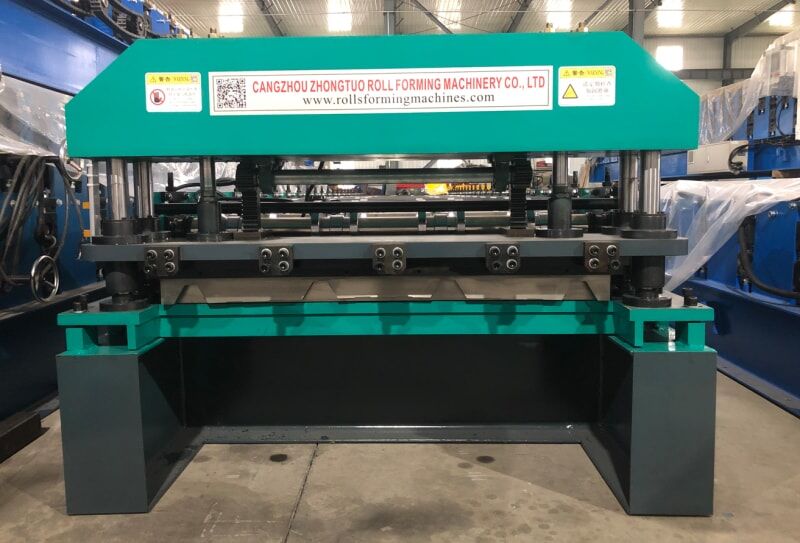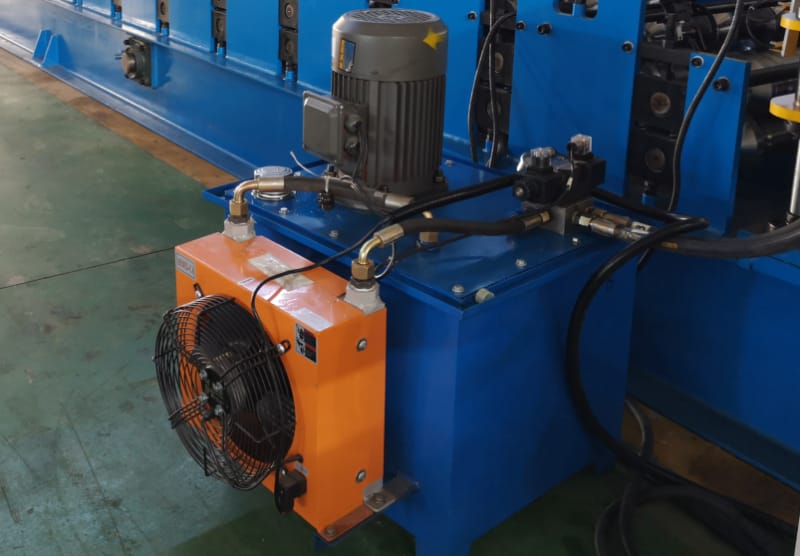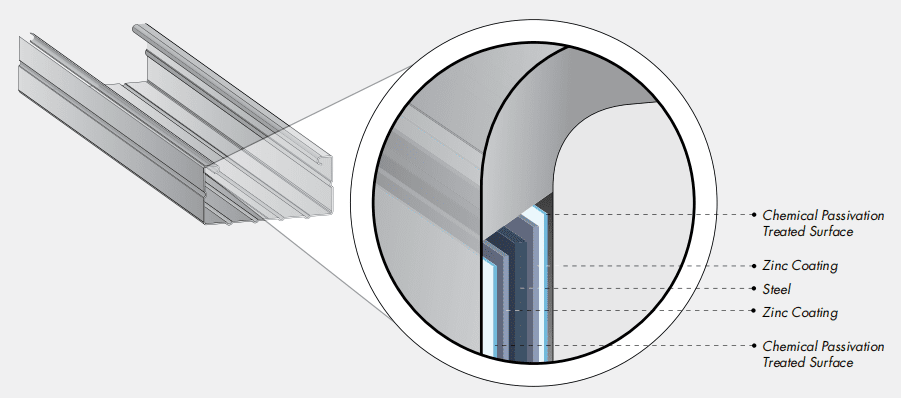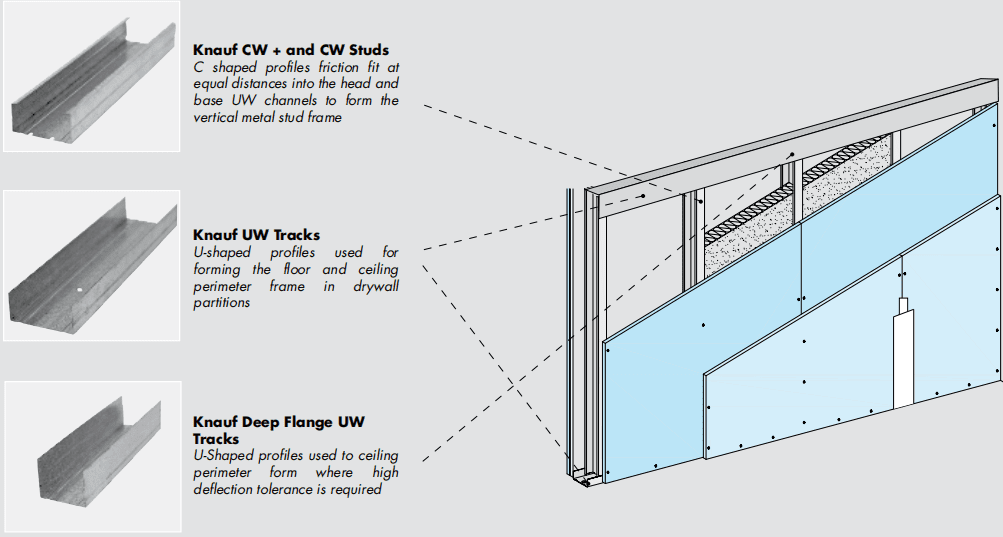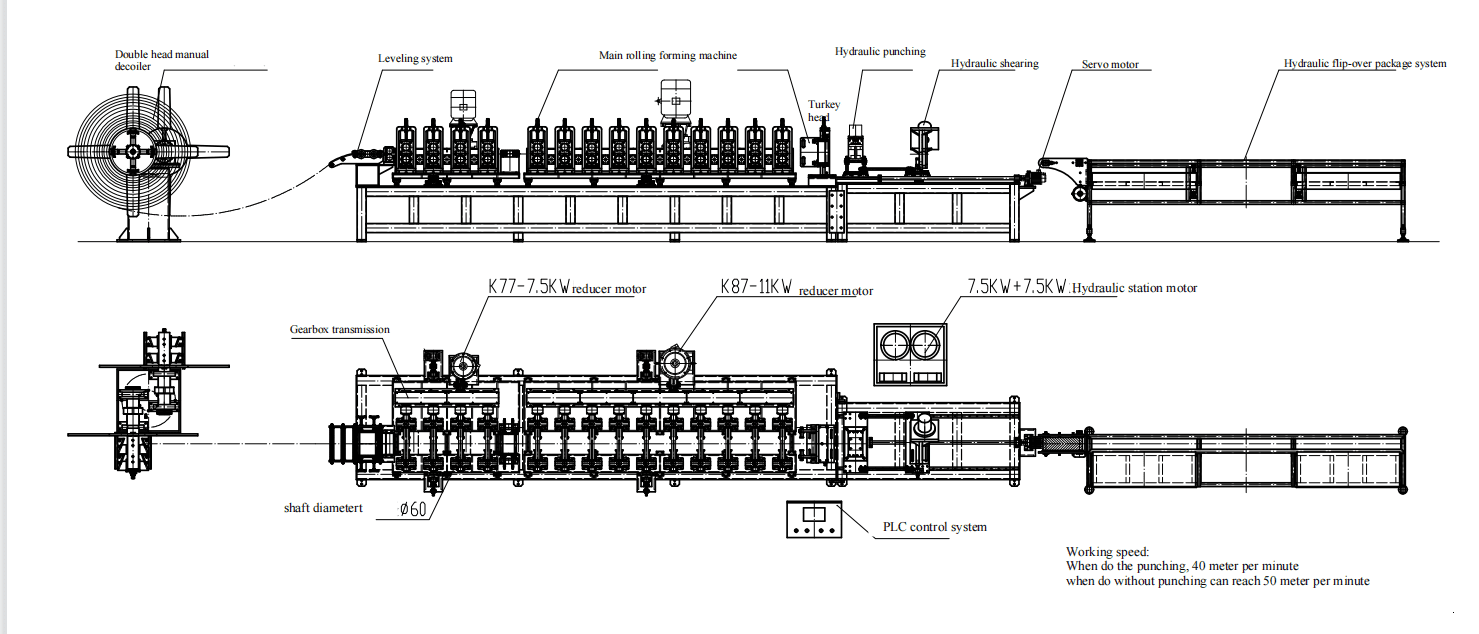Understanding Roller Spacer Adjustment in C and Z Purlin Roll Forming Machines
Introduction
In the world of construction and manufacturing, efficiency and cost-effectiveness are paramount. C and Z purlin machines, integral in producing horizontal structures in buildings, epitomize these qualities. These machines are not just about speed; they also offer versatility. One key feature enabling this versatility is the manual adjustment of roller spacers.
Understanding Roller Spacers
At the heart of C and Z purlin machines lie roller spacers. These components are crucial in shaping the metal into purlins. Roller spacers are adjustable elements placed between the machine’s rollers. Their primary role is to determine the size and profile of the purlins being produced. By adjusting these spacers, the machine can switch between producing different sizes and shapes of purlins without the need for entirely separate equipment.
Adjustment Mechanism
The process of manually adjusting the roller spacers is both a science and an art. It involves loosening the machine’s rollers, adding, removing, or repositioning the spacers to achieve the desired purlin size. Precision is key here, as even a small misalignment can lead to quality issues in the final product. Tools like wrenches or screwdrivers are typically used in this adjustment process. The technician’s expertise in understanding the exact placement and configuration of these spacers is what makes this adjustment successful.
Benefits of Manual Adjustment
The primary benefit of this manual adjustability is cost efficiency. Instead of investing in multiple machines for different purlin sizes, one machine with adjustable spacers can do the job. This not only saves on equipment costs but also reduces the space required for machinery. Additionally, it offers production flexibility. Depending on project requirements, the machine can be quickly adjusted to produce different purlin sizes, making it an invaluable asset for companies looking to cater to diverse construction needs.
Practical Examples
Consider a scenario where a construction project requires multiple sizes of purlins. With a traditional setup, this would mean either outsourcing different sizes or investing in multiple machines. However, with a C or Z purlin machine that has adjustable roller spacers, the same machine can be quickly reconfigured to produce all the required sizes, thereby significantly reducing production time and costs.
Conclusion
The ability to manually adjust roller spacers in C and Z purlin machines brings a level of flexibility and cost-effectiveness that is crucial in today’s fast-paced construction environment. This feature not only optimizes the manufacturing process but also opens up possibilities for a wider range of projects, proving to be an invaluable asset in the construction industry.
